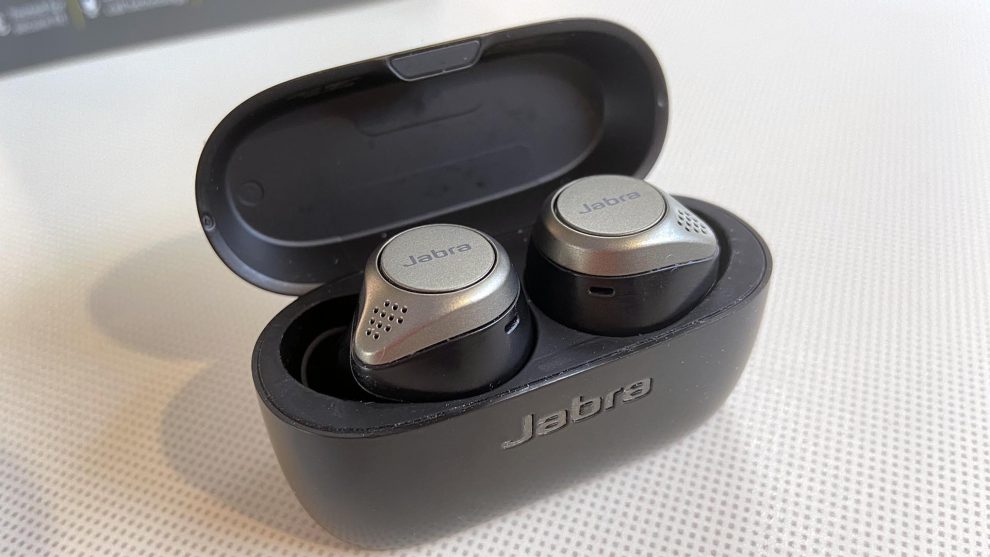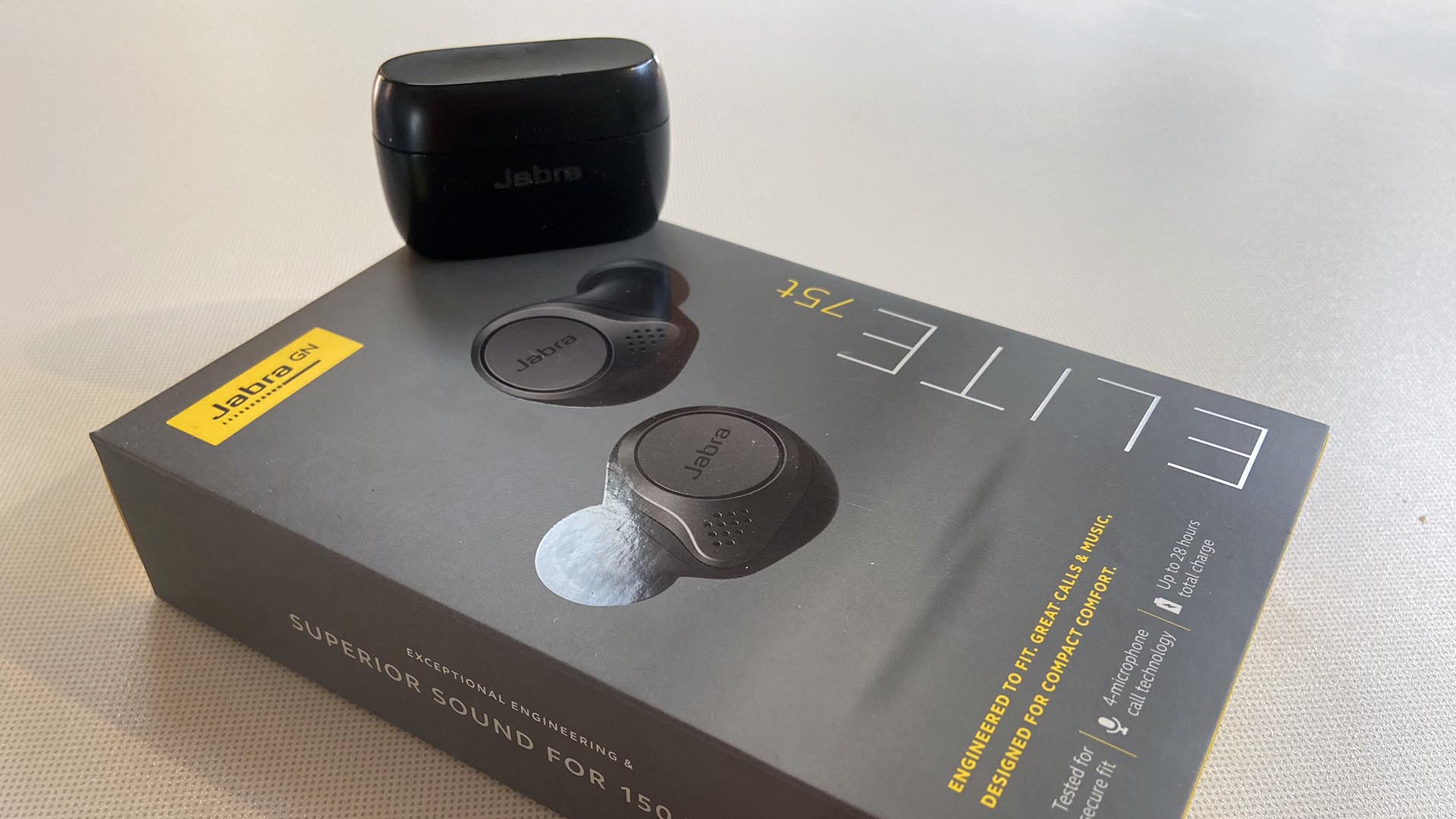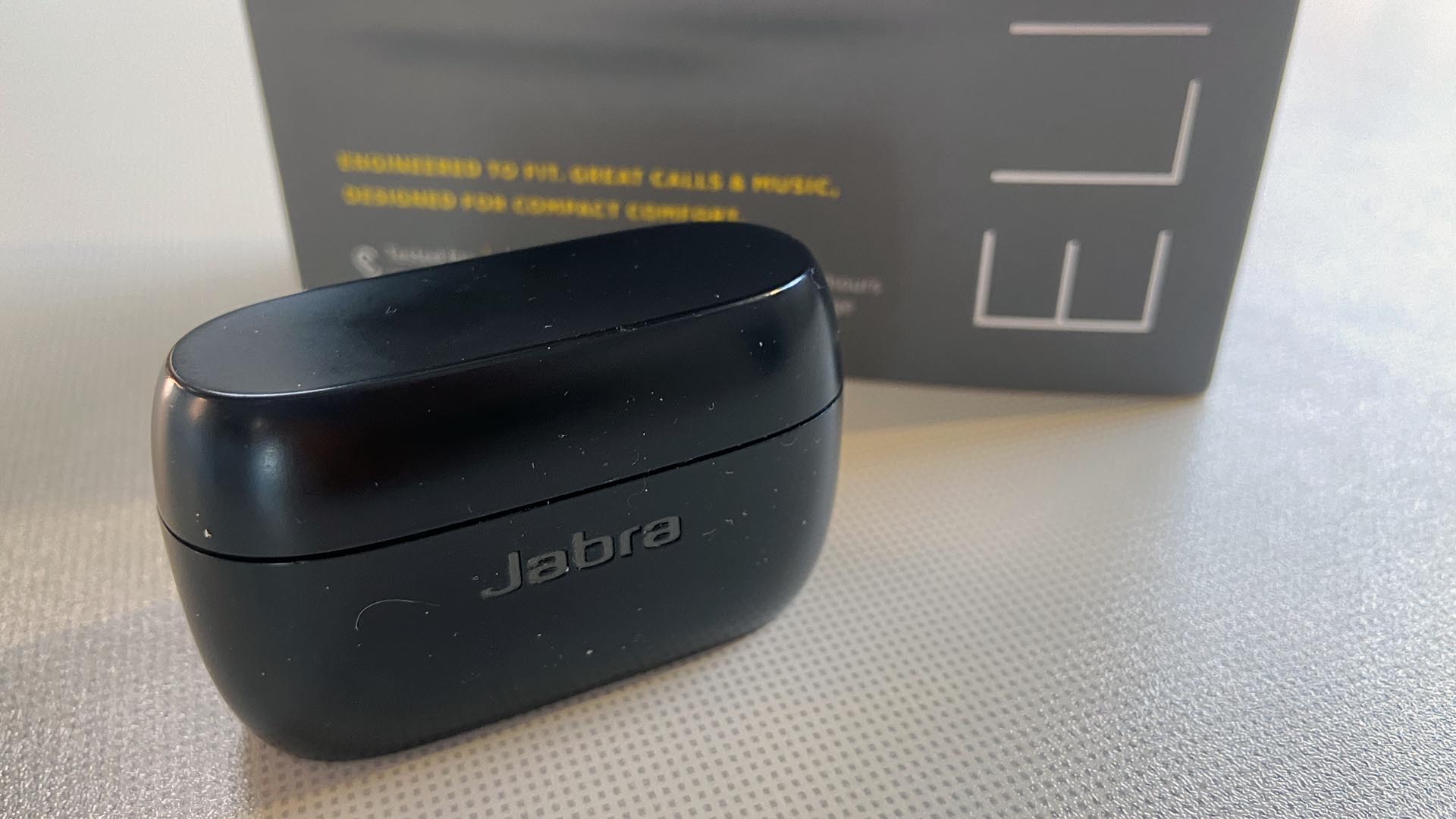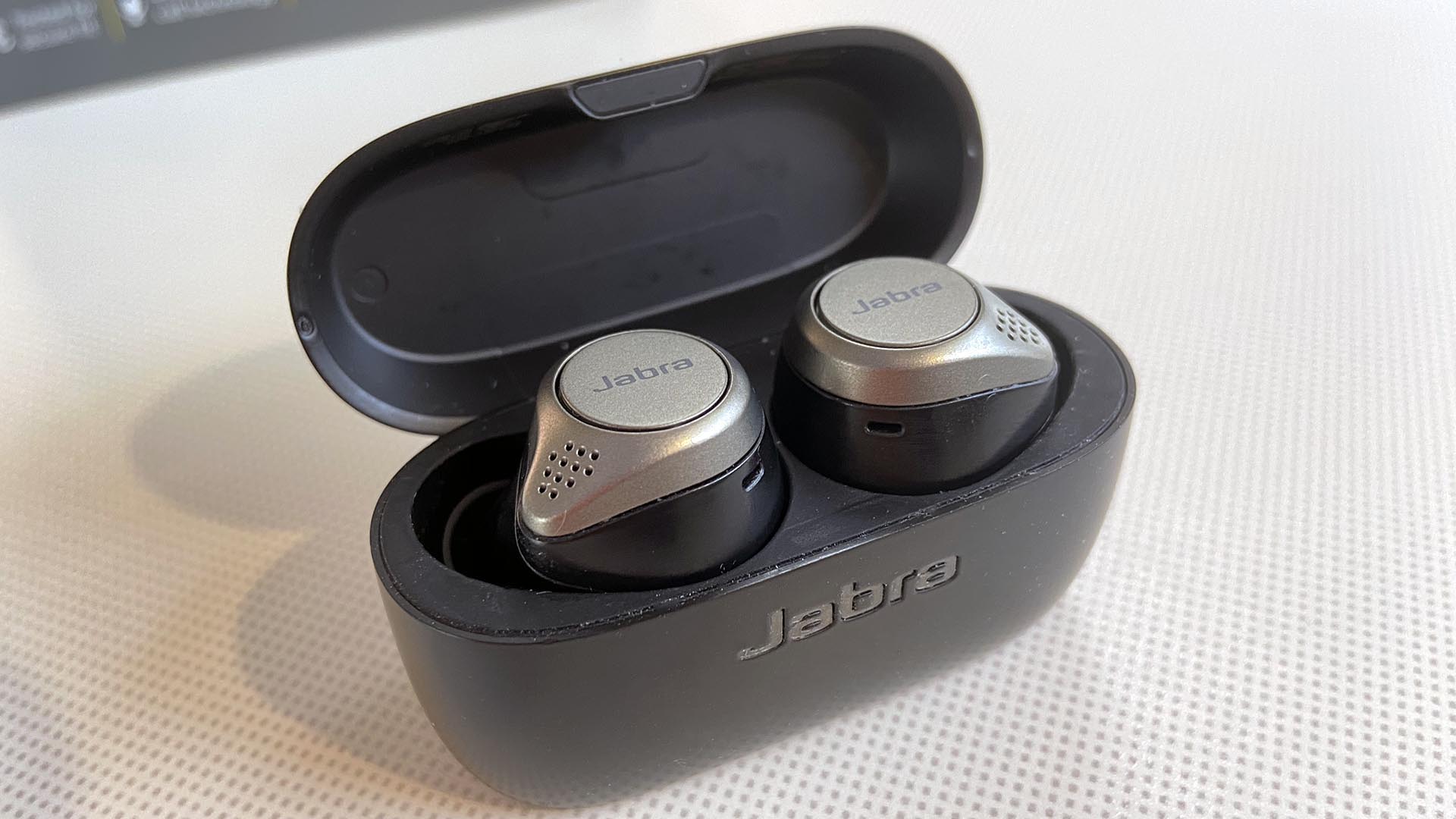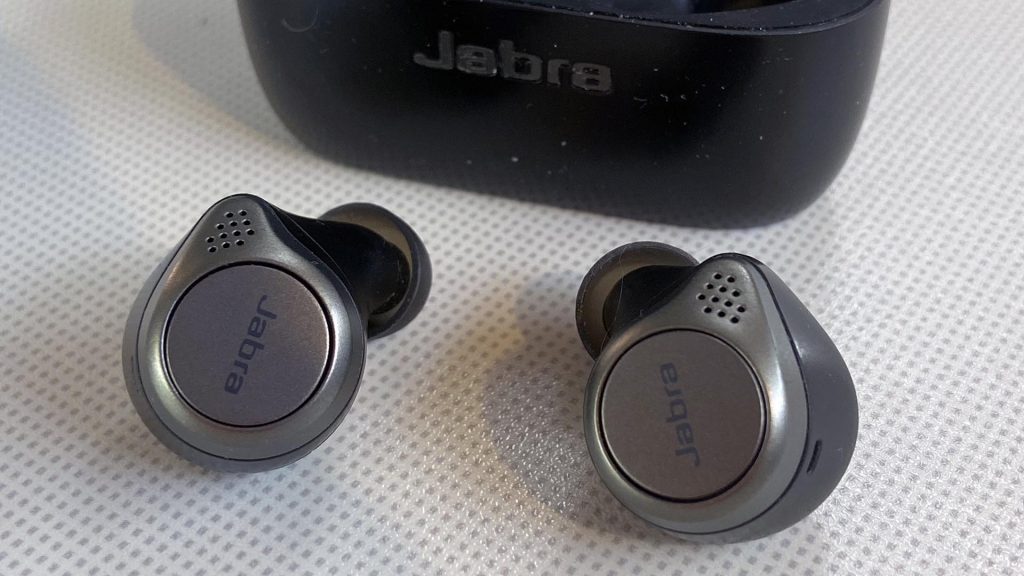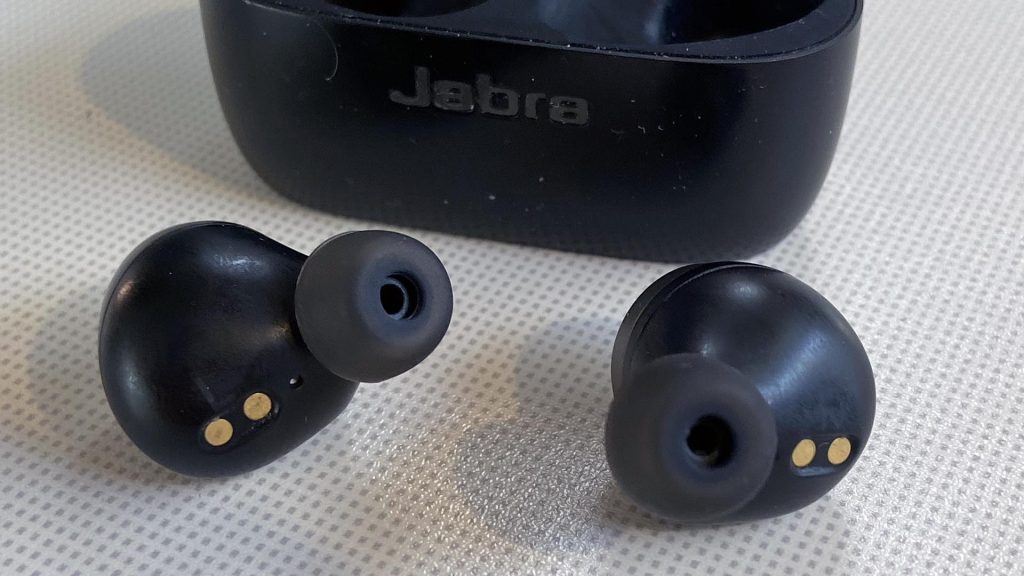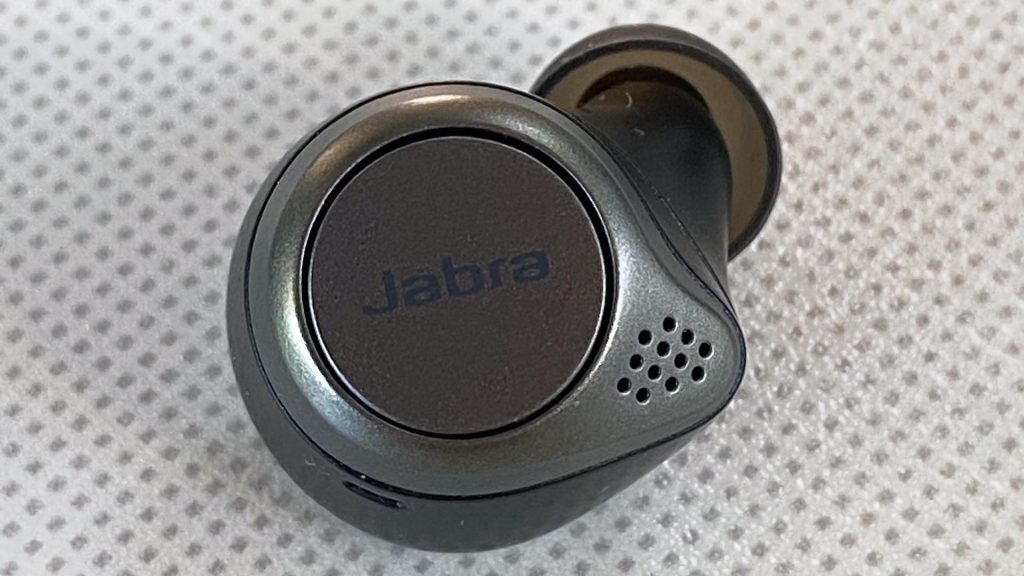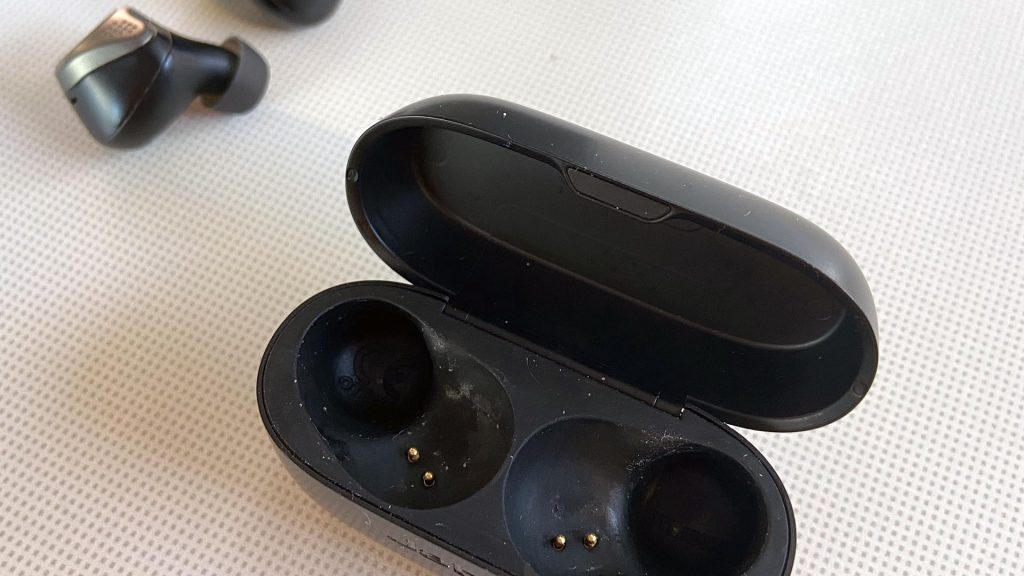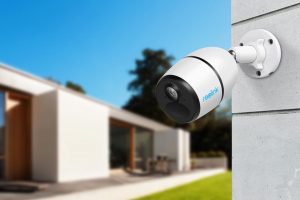
PROS
- EarThrough functionality
- Small size
- High musical sound quality
- Excellent build quality
- Controllable via physical buttons
- Excellent autonomy
- Very comfortable to wear
- High versatility (thanks to the Sound + app)
- Water and dust resistant (IP55)
CONS
- Phone call audio can be improved
- Voice messages are not available in Italian
- No wireless charging
Suggested retail price (Italy inc. VAT): € 179,90
April 25, 2020 – When I was about 14, I wore stereo headphones for the first time in my life: it was an incredible feeling. Today, young people cannot even imagine what it means to live 14 years without ever having had a headset or headphones and suddenly “hear” voices (and especially music) directly in their heads. I remember thinking “this is how crazy people must feel!”. Certainly not “politically correct” expression, but that gives a good idea. Today, those looking for quality products to listen to music still turn to supra-aural devices of a certain level, but the need for practicality quickly led us first to “headphones” (those typical of the primitive portable music players, also known as Walkman), then to earphones and finally to wireless earphones.
All this long introduction just to present you to the test that we propose this time: that of the Jabra Elite 75t. It is a “true wireless” product, ie without any cable or connection between the two earphones, which reaches levels of excellence. The closest competition, in terms of quality, is that of Apple, with the AirPod Pro. However, there is a substantial difference between the two products: the technology chosen for the reduction of background noise. The Jabras use a passive reduction system, while the Apple adopt an active system (Anc: Active Noise Cancellation). In the first case, to keep the noise out of our ear duct is a silicone barrier (made up of the “eargels”, what we call “rubber pads”), while in the second case the microphones are also used, which capture the background noise, and a dedicated processor.
“Modern active noise control is generally achieved through the use of analog circuits or digital signal processing,” reads Wikipedia. “Adaptive algorithms are designed to analyze the waveform of the background aural or nonaural noise, then based on the specific algorithm generate a signal that will either phase shift or invert the polarity of the original signal. This inverted signal (in antiphase) is then amplified and a transducer creates a sound wave directly proportional to the amplitude of the original waveform, creating destructive interference”.
The negative aspects of active cancellation
It is clear that an Anc system is more effective than a passive system, but it can also have negative aspects, such as a slight background rustle, the perception of “compression” inside the ears or greater energy consumption. The simpler solution chosen by Jabra seemed to us an excellent compromise, and moving towards active systems basically depends on the use we will have to make of the earphones. In particular, there are a couple of situations in which we prefer headphones with an active system: air travel, where the constant background noise of the engines is canceled very effectively, and more generally travel on public transport such as trains or subways. However, if the prevalent use occurs in other environments, in our opinion a good passive system is more than enough.
But let’s get specifically to the Jabra Elite 75t. Weight and dimensions are among the best in the category. Each earphone weighs only 5.5 grams, while the case, which contains the battery for charging, reaches 35 grams. The latter is also small enough (62.4 x 36.6 x 27 mm) and free of edges to fit comfortably in your pocket, without causing any discomfort.
Up to 28 hours of autonomy
Despite weights and dimensions, autonomy is excellent. Each earphone charge allows you to listen to music or make phone calls for up to 7.5 hours. The real figure tends to be just under 7 hours. The case is able to guarantee 2 to 3 full recharges (after the first), so in total you can get to just under 28 hours of autonomy. The case is recharged via a USB-C cable and takes about 2 hours and 20 minutes to complete. If the earphones run out, just insert them in the case and in a quarter of an hour they recover an hour of autonomy. Wireless charging is not possible as standard, but a special case compatible with the Qi standard will soon be available.
The particularly careful packaging chosen by Jabra for the Elite 75t is already a first witness to the build quality of the product. Unfortunately, the company has not wasted itself with the equipment: inside the box you will find only the charging cable thirty centimeters long, Usb on one side and Usb-C on the other and a set of “eargels” of different sizes, but not a power supply. In total, the ear tips are supplied in 3 sizes, in order to find the one that best suits the shape of the auricle. We found ourselves at ease (and with great comfort) with the intermediate size. However, spare eargels are not included and on the website the complete kit costs about 15 euros.
Opened the package, we were very impressed by the size of the earphones, really small. The fit is great, even if you have to become familiar with how to wear them. We have found that once inserted into the ear, the right position is easily found by “screwing” the headset into the pavilion for about half a turn. Like all these products, you have to get used to their presence a bit, but we must say that the Jabra have proved to be quite discreet and also comfortable enough to be used for a few consecutive hours: after a while you almost forget you have them .
Everything under control with the physical buttons
Their main feature is to have “physical” and non-tactile controls, as happens on other products. In our opinion, this makes the use of earphones much easier, because a real button gives a clearer sensation than a touch command can do. The button is present on both earphones.
The one on the right allows, with a single press, to pause a song, resume playback, answer or end a telephone call; holding it down raises the volume, while a double press activates the voice assistant or rejects an incoming call. Basically we have Siri for those who use iPhone and Google Assistant for those with an Android phone, but in both cases it is possible to opt for Amazon Alexa as an alternative. The right earphone is also the only one that can be used individually, perhaps while driving, to manage phone calls.
The left earphone controls the volume decrease (by holding it down), the track skip (forward by pressing it twice, backwards three times) and the mute or activation of the microphone during a phone call (with a single press). And then there is the feature that we most appreciated ever: the EarThrough. By pressing it once while you are listening to music or while the earphones are worn but not used, you can hear ambient noises and the conversations of those around you without having to remove the earphones: a priceless convenience.
High quality customizable audio with equalizer
We liked the audio quality a lot, especially for music playback. Bass tones, in particular, are deep, which is not always easy to find in headphones of this size. Sometimes, indeed, they are even too present, so as to “kill” the most acute tones. The midrange is instead perfectly reproduced. But these Elite 75t boast a noteworthy “plus”: they are accompanied by an app, available for iOS and Android, called Sound+.
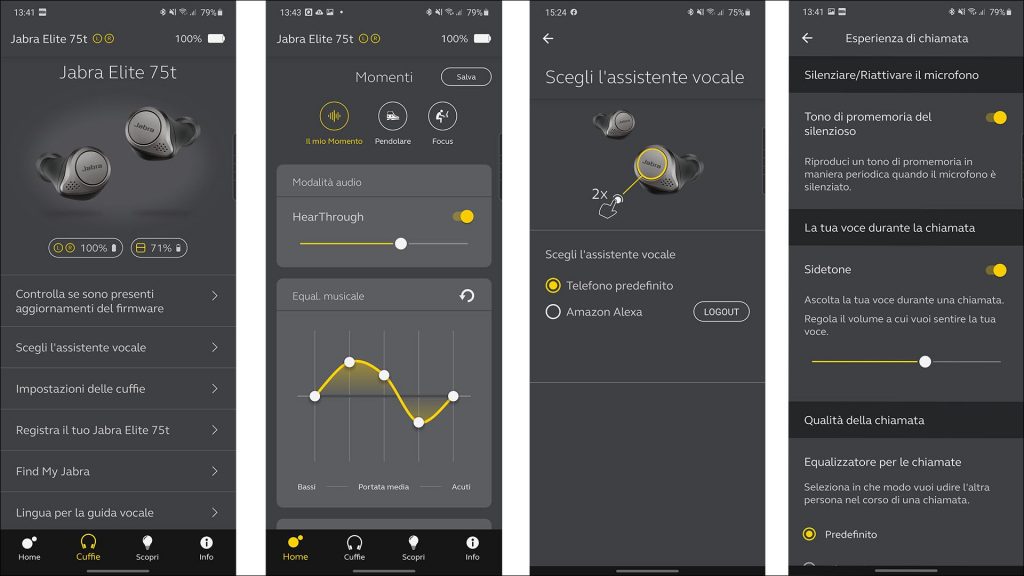
In addition to being very useful in the configuration phase, where a wizard facilitates the pairing of the earphones to the phone, it has a 5-band equalizer with 3 customizable “presets” (My moment, Commuter and Focus) and 6 predefined settings (Neutral, Spoken, Bass Boost, Treble Boost, Simple and Energize), which can be combined with new ones created by us. This allows you to tailor the music playback to your tastes, overcoming the limitations of the basic settings chosen by Jabra.
Noises to improve relaxation
A perhaps not very useful, but nice feature, is Soundscape. If you are not listening to music, you can choose noises to play to relax, isolate yourself or increase your concentration. The list includes a dozen effects, ranging from the sound of waves to the chirping of birds, from white noise to the sounds of a dive, to the noise of crowds or the sound of a cave. As I write this test I have chosen to have a nice summer storm in my ears…
If we remove one of the earphones while listening, playback is paused and if the earphone is worn again within a minute, it restarts automatically. The only technical aspect that could possibly be improved on the Jabra Elite 75t is the quality of the voice perceived by those who speak to us during a phone conversation, which has not always proved to be flawless. It must be said that if the primary use of headsets is for business phone calls, “true wireless” systems in general are not the optimal ones. From our comparisons, however, it seems to us that Apple products perform a little better.
For sports enthusiasts there is the Active 75t version
The Jabra Elite 75t are protected from splashes of water and dust, being IP55 certified and guaranteed for 2 years against damage of this nature. For greater protection you can choose the Elite Active 75t, whose name does not indicate the presence of an active noise cancellation system, but simply the fact that they are more suitable for those who exercise thanks to the IP57 certification, which guarantees against damage even after immersion in water up to a depth of 1 meter for no more than 30 minutes.
Interesting about these earphones is that they can be paired and connected to 2 devices at the same time, increasing their versatility. The Jabra Elite 75t communicate their status through colored LEDs (one on each headset and one in the case) and through voice messages, which however are not available in Italian (the most commonly used languages are English, French and German). The presence of the manual in electronic and Italian version in the Sound+ app, however, helps to disentangle the various reports.
They are our favorite earphones
In short, in the end, the Jabra Elite 75t – available in black, gold or titanium – have become our favorite headphones for listening to music on the go. The price at which they are offered to the public, around € 180, seems to us consistent with the quality and performance level offered. For comparison, Apple AirPods cost € 179 euros, without noise canceling systems and with significantly lower audio quality, while the AirPod Pro cost € 279, with active noise reduction and wireless charging included. Other references are the Samsung Galaxy Buds+, which cost € 169 without Anc, and the Sony WF-1000XM3, offered at € 250 with Anc. In short, it seems to us that between absolute economic convenience and the relationship between price and performance, the Elite 75t are the best solution that we would like to recommend to you today.
©2021 seimetri.it – If you want to leave a comment on this article, you can do it on our Facebook page











